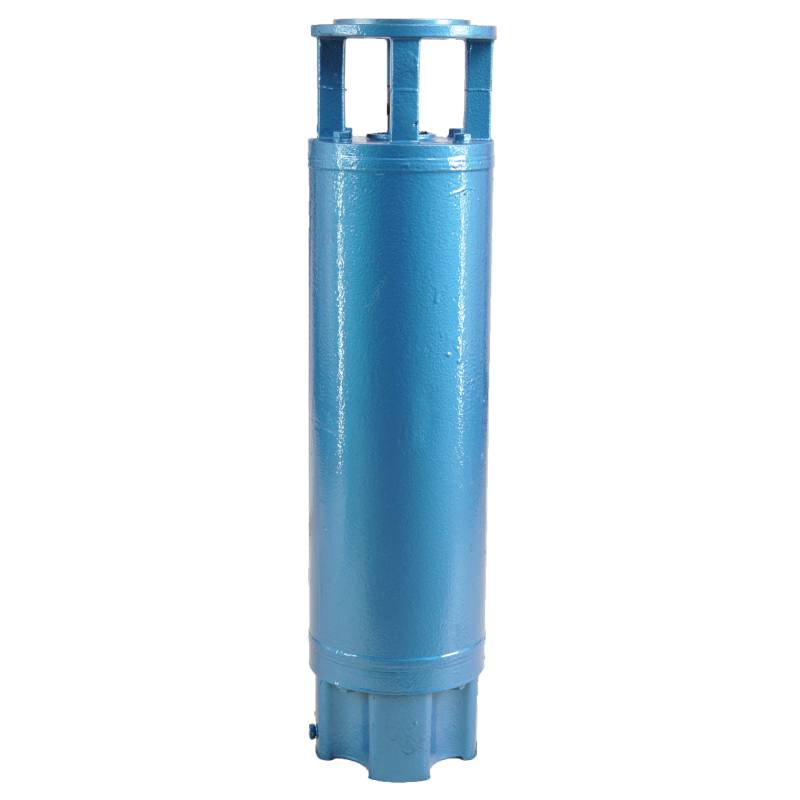Oct . 10, 2024 17:04 Back to list
Common Issues with Submersible Pumps and How to Troubleshoot Them
Understanding Common Problems with Submersible Pumps
Submersible pumps are essential devices used primarily for lifting water from deep sources, handling drainage, and other applications requiring the movement of fluids. However, like any mechanical equipment, submersible pumps can encounter problems that may affect their operation and efficiency. Understanding common issues associated with submersible pumps can help in troubleshooting and maintaining these critical components.
One prevalent problem with submersible pumps is overheating. This issue typically arises from running the pump dry, which means there is insufficient water to cool the motor. When the pump operates without a proper flow of water, the motor can overheat, leading to potential damage or complete failure. To mitigate this risk, it is crucial to ensure that the pump is always submerged and to monitor water levels regularly, especially in applications where splashback or evaporation might occur.
Understanding Common Problems with Submersible Pumps
Electrical issues can also present significant challenges for submersible pumps. These problems can stem from faulty wiring, blown fuses, or motor failure. Electrical failures often lead to the pump not starting or shutting off unexpectedly. To address these issues, it is essential to routinely inspect electrical components, ensure all connections are secure, and replace any damaged parts. Regularly scheduled maintenance can also help identify potential electrical problems before they escalate.
submersible pump problems

Another aspect to consider is the quality of the water being pumped. High levels of corrosive elements in the water can lead to premature wear of the pump components, particularly for metal parts. Pumps in aggressive environments might require special coatings or materials to withstand corrosive substances. Operators should test water quality periodically and choose a pump designed specifically for the conditions it will face.
Vibration and noise are also indicators of possible trouble in a submersible pump. Excessive vibration can signal misalignment, imbalance, or wear in the motor or impeller. This not only affects the efficiency of the pump but can also lead to further damage if not addressed promptly. Monitoring the pump’s operational noise and vibration levels can help spot issues early, allowing for timely interventions.
Lastly, the presence of air in the system can lead to cavitation, a phenomenon where vapor bubbles form in the liquid around the impeller and subsequently collapse violently. This not only reduces pump efficiency but can also cause significant damage to the pump components over time. To prevent cavitation, ensure that the pump is installed at an appropriate depth, and avoid drawing water from sources that frequently fluctuate in level.
In conclusion, submersible pumps are vital for various applications, but they are not immune to problems. Regular maintenance, attentiveness to environmental factors, and prompt attention to any operational issues can help ensure the longevity and efficiency of submersible pumps. Understanding these common problems empowers operators to take proactive steps to minimize downtime and maintain optimal performance.
-
Submersible Water Pump: The Efficient 'Power Pioneer' of the Underwater World
NewsJul.01,2025
-
Submersible Pond Pump: The Hidden Guardian of Water Landscape Ecology
NewsJul.01,2025
-
Stainless Well Pump: A Reliable and Durable Pumping Main Force
NewsJul.01,2025
-
Stainless Steel Submersible Pump: An Efficient and Versatile Tool for Underwater Operations
NewsJul.01,2025
-
Deep Well Submersible Pump: An Efficient 'Sucker' of Groundwater Sources
NewsJul.01,2025
-
Deep Water Well Pump: An Efficient 'Sucker' of Groundwater Sources
NewsJul.01,2025
-
 Submersible Water Pump: The Efficient 'Power Pioneer' of the Underwater WorldIn the field of hydraulic equipment, the Submersible Water Pump has become the core equipment for underwater operations and water resource transportation due to its unique design and excellent performance.Detail
Submersible Water Pump: The Efficient 'Power Pioneer' of the Underwater WorldIn the field of hydraulic equipment, the Submersible Water Pump has become the core equipment for underwater operations and water resource transportation due to its unique design and excellent performance.Detail -
 Submersible Pond Pump: The Hidden Guardian of Water Landscape EcologyIn courtyard landscapes, ecological ponds, and even small-scale water conservancy projects, there is a silent yet indispensable equipment - the Submersible Pond Pump.Detail
Submersible Pond Pump: The Hidden Guardian of Water Landscape EcologyIn courtyard landscapes, ecological ponds, and even small-scale water conservancy projects, there is a silent yet indispensable equipment - the Submersible Pond Pump.Detail -
 Stainless Well Pump: A Reliable and Durable Pumping Main ForceIn the field of water resource transportation, Stainless Well Pump has become the core equipment for various pumping scenarios with its excellent performance and reliable quality.Detail
Stainless Well Pump: A Reliable and Durable Pumping Main ForceIn the field of water resource transportation, Stainless Well Pump has become the core equipment for various pumping scenarios with its excellent performance and reliable quality.Detail
